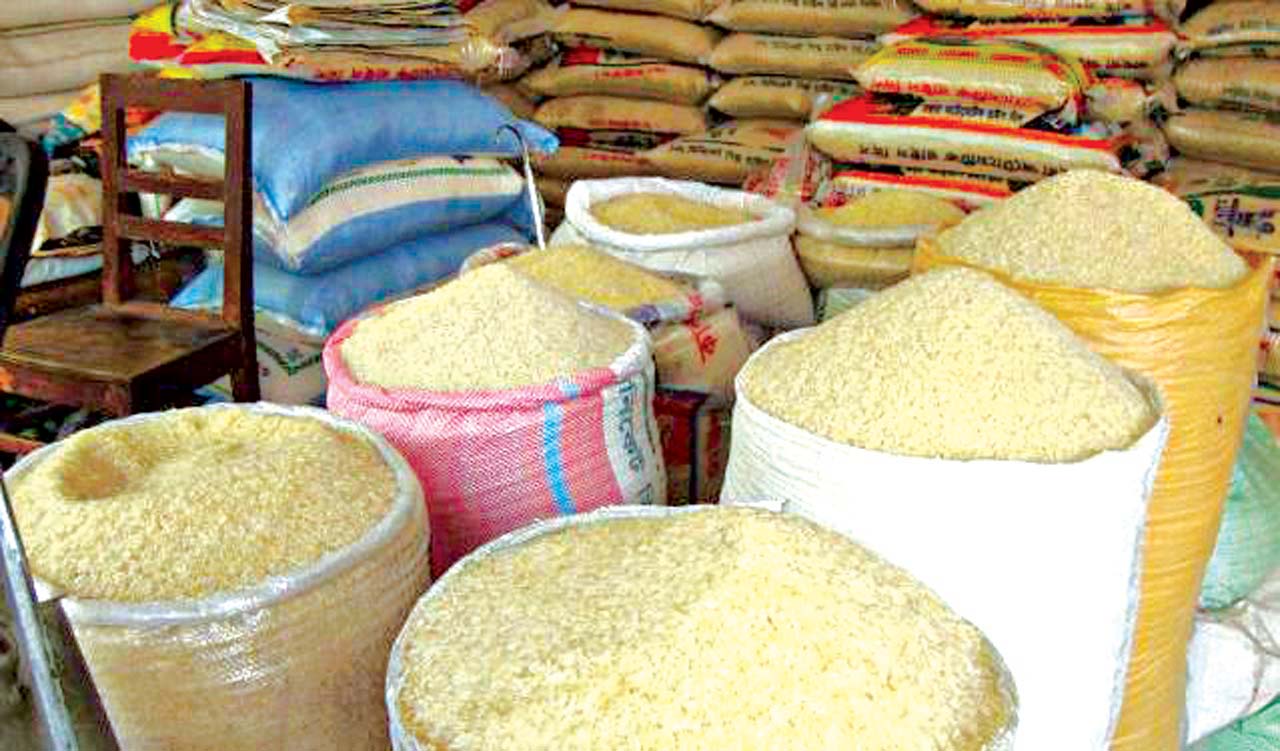Paddy rice buyers have now pegged the price of the produce per kilogramme in Katsina State’s local markets as farmers are reaping fortunes from their harvest, Daily Trust reports.
In the last two years, paddy rice was sold per bag not kilogramme, but sharp practices, where farmers chose not to properly sieve the produce from the farms in order to increase its quantity and maximise profit forced buyers to use kilogramme as a unit of purchase.
Bashir Mamman, a rice farmer in Kafur LGA, said that because of the high cost of fertiliser and uncertainty that characterised rice production, most farmers in the area cultivated sorghum and soybean to reduce cost of production.
He said, “Rice production is not as much as that of last year, and the lingering high cost of living has mounted pressure on its demand, making its price to jack up from N15,000 last year to now N25,000 to N30,000, depending on its quality and variety. To increase its quantity and maximise profit, most farmers, therefore, chose not to properly sieve the produce from the farms, a development that made buyers opt for the use of scale to ascertain the actual weight of the produce.”
- Certificate Tinubu presented to INEC not in our possession – CSU
- Niger records 53 deaths from 6 boat mishaps in 1 month
Mamman added that at best a bag of paddy could weigh 81kg and its price per kilogramme was N360.
He further said, “As you know, paddy rice comes in different varieties and their weights also differ. If a bag of your variety weighs 70kg, it would be sold at N25,200, and if it weighs the maximum of 81kg it would be sold at N29,160, anything less than 70kg , the paddy variety is considered of poor quality.”
In April, rice industry analysts predicted that the global market for rice would face its biggest shortage in decades, with production dropping and the industry expected to experience its largest deficit between supply and demand in 20 years.
Meanwhile, rice prices had been high since the start of the COVID-19 pandemic, and the expected shortage means the price will likely remain high courtesy of the Russia/Ukraine war and India’s export restrictions.
Yunusa Na Garba, a rice farmer and buying agent of processing companies, said many farmers were moved by the factors of production, not the statistical global projection of the produce.
Garba said, “A typical farmer here wants to see that he can access improved rice seeds and can afford farm chemicals and fertiliser in order to cultivate the produce; what most of us did not realise is the opportunity to make huge revenues out of rice production in the next 20 years, according to global analysis.”
He added that even this year there was a likelihood for the produce to be scarce in the next few months as the long break of rainfall experienced last month caused late planting; especially that the crop required adequate moisture during its seed formulation.
This reporter who went round Funtua and Dandume markets discovered that despite the booming harvest period, the price of stable rice remained too high for an average consumer. A measure (tiya) of locally refined rice was sold at N2,000, while a 100kg bag was N76,000.

 Join Daily Trust WhatsApp Community For Quick Access To News and Happenings Around You.
Join Daily Trust WhatsApp Community For Quick Access To News and Happenings Around You.



